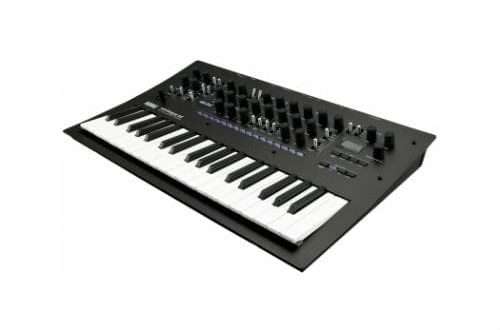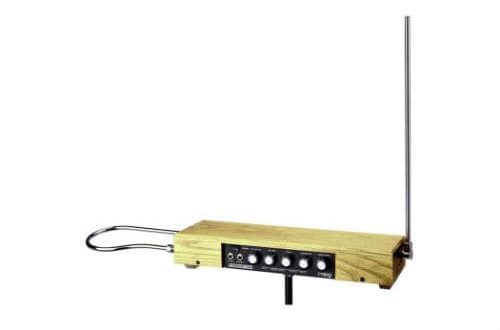
Electric organ: instrument composition, principle of operation, history, types, use
In 1897, the American engineer Thaddeus Cahill worked on a scientific work, studying the principle of producing music with the help of an electric current. The result of his work was an invention called “Telarmonium”. A huge device with organ keyboards became the progenitor of a fundamentally new musical keyboard instrument. They called it an electric organ.
The device and the principle of operation
The main feature of a musical instrument is the ability to imitate the sound of a wind organ. At the heart of the device is a special oscillation generator. The sound signal is generated by a phonic wheel located close to the pickup. The pitch depends on the number of teeth on the wheel and the speed. The wheels of a synchronous electric motor are responsible for the integrity of the system.
Tone frequencies are extremely clear, clean, therefore, in order to reproduce vibrato or intermediate sounds, the device is equipped with a separate electromechanical unit with capacitive coupling. By driving the rotor, it emits signals programmed and ordered in an electronic circuit, reproducing a sound corresponding to the speed of rotation of the rotor.

History
Cahill’s telharmonium did not receive wide commercial success. It was too huge, and it had to be played with four hands. 30 years have passed, another American, Lawrence Hammond, was able to invent and build his own electric organ. He took the piano keyboard as a basis, modernizing it in a special way. According to the type of acoustic sound, the electric organ became a symbiosis of the harmonium and the wind organ. Until now, some listeners mistakenly call a musical instrument “electronic”. This is wrong, because the sound is produced precisely by the power of an electric current.
Hammond’s first electric organ surprisingly quickly entered the masses. 1400 copies were immediately sold. Today, several varieties are used: church, studio, concert. In the temples of America, the electric organ appeared almost immediately after the start of mass production. The studio was often used by the great bands of the XNUMXth century. The concert stage is designed in such a way that allows performers to realize any musical genres on stage. And this is not only the famous works of Bach, Chopin, Rossini. The electric organ is great for playing rock and jazz. It was used in their work by the Beatles and Deep Purple.




